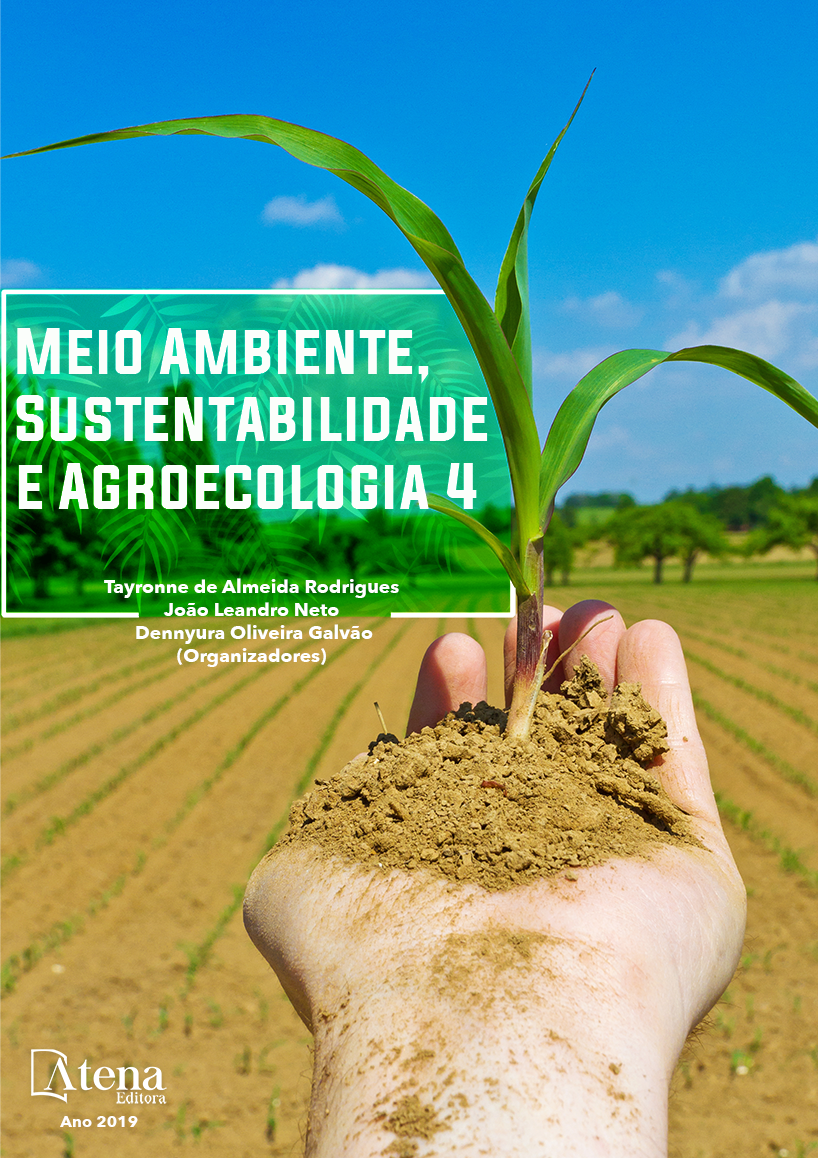
REPRODUÇÃO E PREFERÊNCIA DE Callosobruchus maculatus (Fabricius) (COLEOPTERA: BRUCHIDAE) SUBMETIDOS A EXTRATOS DE Caesalpinia pyramidalis Tul.
O Vigna unguiculata L. nas
diferentes fases da produção, sofre diversos
problemas fitossanitários, sobretudo, na
fase de armazenamento, comprometendo
sua produção, tendo como principal praga
o Callosobruchus maculatus F. (Coleoptera:
Bruchidae), o qual é geralmente controlado
com agrotóxicos na forma de fumigação.
Considerando esse contexto, este trabalho teve
como objetivo avaliar a oviposição e repelência
de C. maculatus em grãos de feijão tratados com
extratos de diferentes partes de Caesalpinia
pyramidalis. Para os bioensaios de oviposição
utilizou-se 20 g de feijão caupi e adicionados
0g, 1g, 2g ou 3g do pó vegetal, além de casais
de C. maculatus. Os testes de repelência foram
realizados em arenas com recipientes nas
extremidades, onde acondicionou-se 15 g de
feijão tratado com 1,5 g dos extratos e liberados
trinta insetos de C. maculatus. Os extratos
provenientes das cascas e das folhas de C.
pyramidalis se mostraram efetivos no controle
da reprodução e repelência de C. maculatus.
REPRODUÇÃO E PREFERÊNCIA DE Callosobruchus maculatus (Fabricius) (COLEOPTERA: BRUCHIDAE) SUBMETIDOS A EXTRATOS DE Caesalpinia pyramidalis Tul.
-
DOI: 10.22533/at.ed.3091916049
-
Palavras-chave: Efeito inseticida, repelência, caruncho.
-
Keywords: Insecticidal effect, repellency, caruncho.
-
Abstract:
The Vigna unguiculata L. in the
different phases of the production, suffers
several phytosanitary problems, mainly in the
storage phase, compromising its production,
having as main pest the Callosobruchus
maculatus F. (Coleoptera: Bruchidae), which is
generally controlled with pesticides in the Form
of fumigation. Considering this context, this
work had as objective to evaluate the longevity
and repellency of C. maculatus in bean grains
treated with extracts from different parts of
Caesalpinia pyramidalis. 20 g of cowpea were
added to the oviposition bioassays and 0g, 1g,
2g or 3g of the vegetable powder were added, in
addition to C. maculatus couples. The repellency
tests were carried out in arenas with containers
at the ends, where 15 g of beans treated with
1.5 g of the extracts were conditioned and thirty
insects of C. maculatus were released. Extracts
from the bark and leaves of C. pyramidalis
were effective in controlling reproduction and
repellency of C. maculatus.
-
Número de páginas: 15
- Delzuite Teles Leite
- Adcleia Pereira Pires
- Fabrício Chagas Sobrinho
- Claudia Oliveira dos Santos
- Edson Braz Santana


